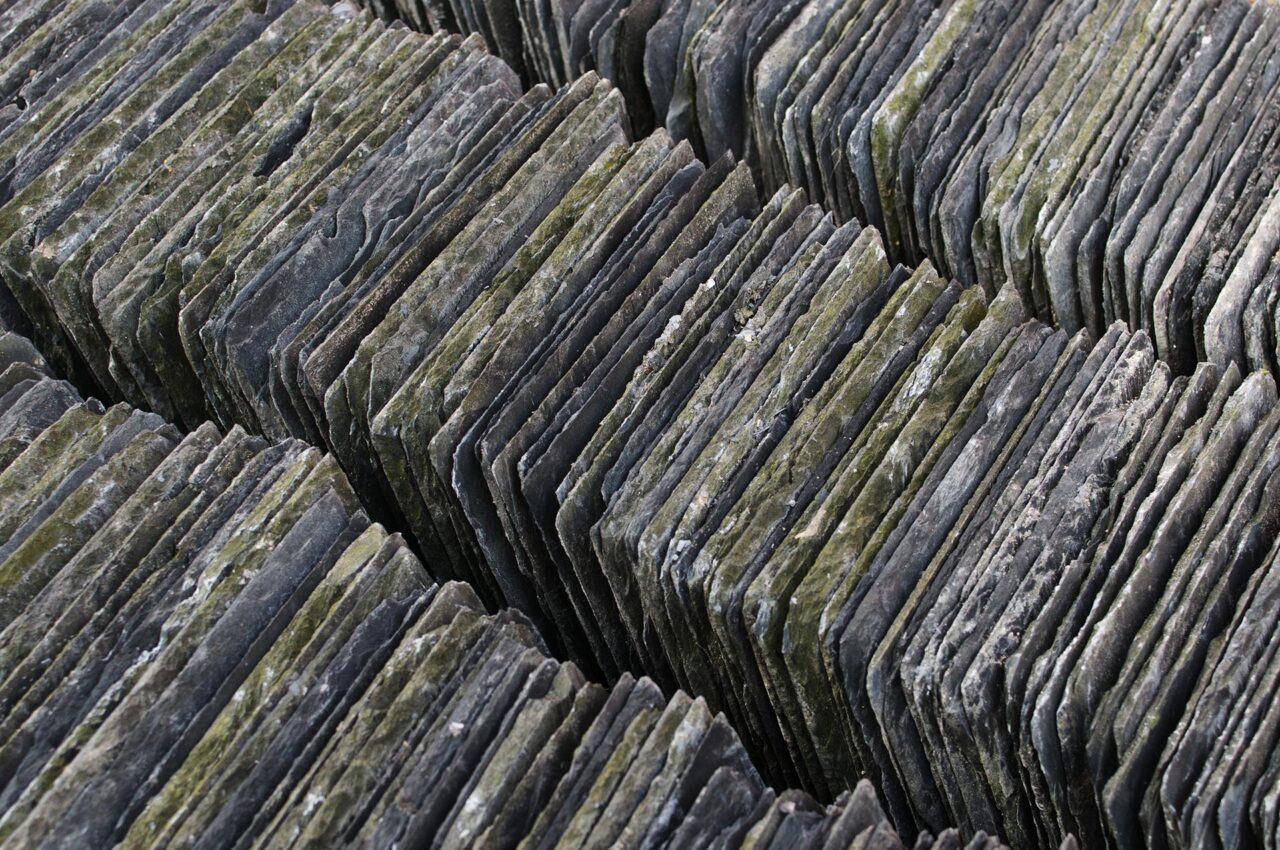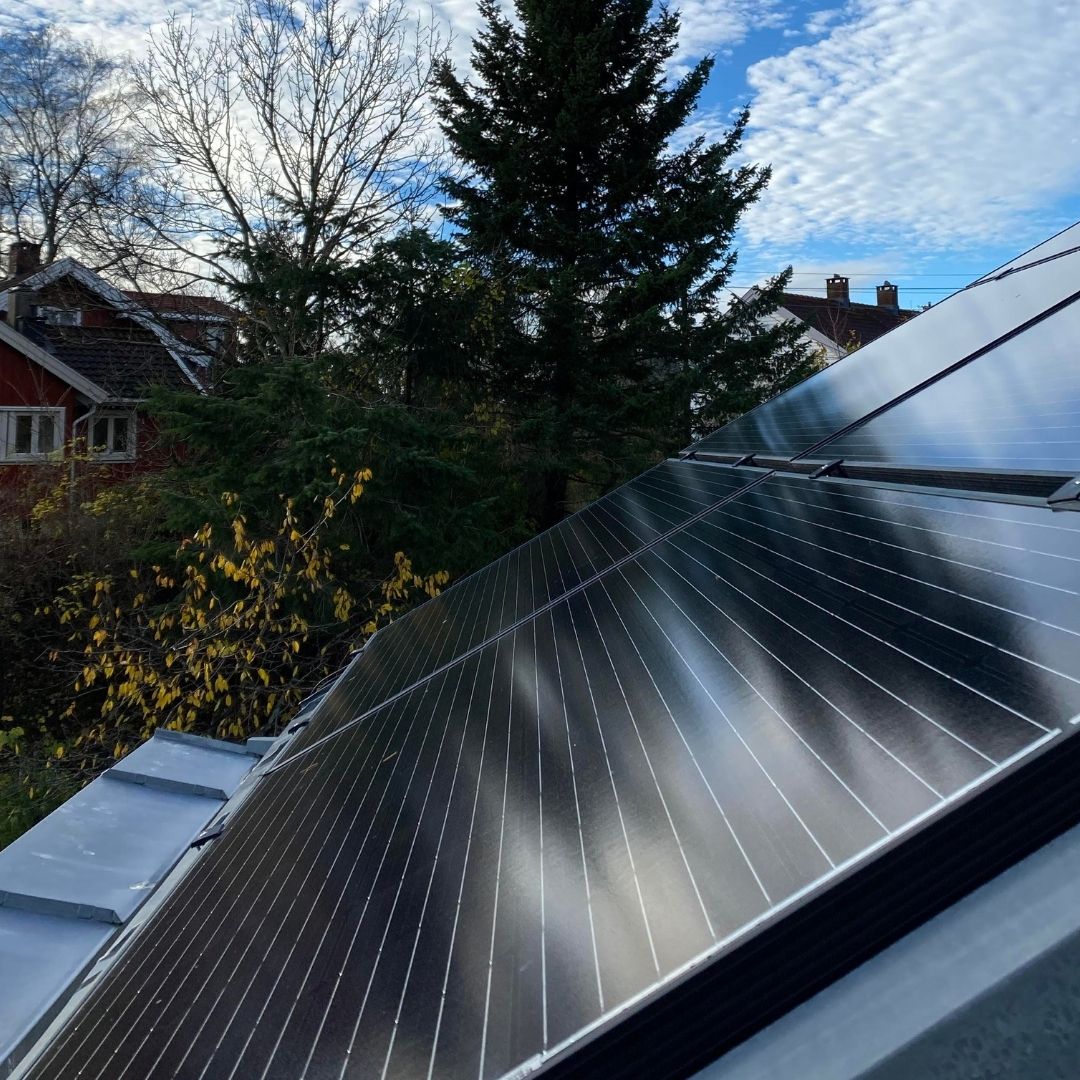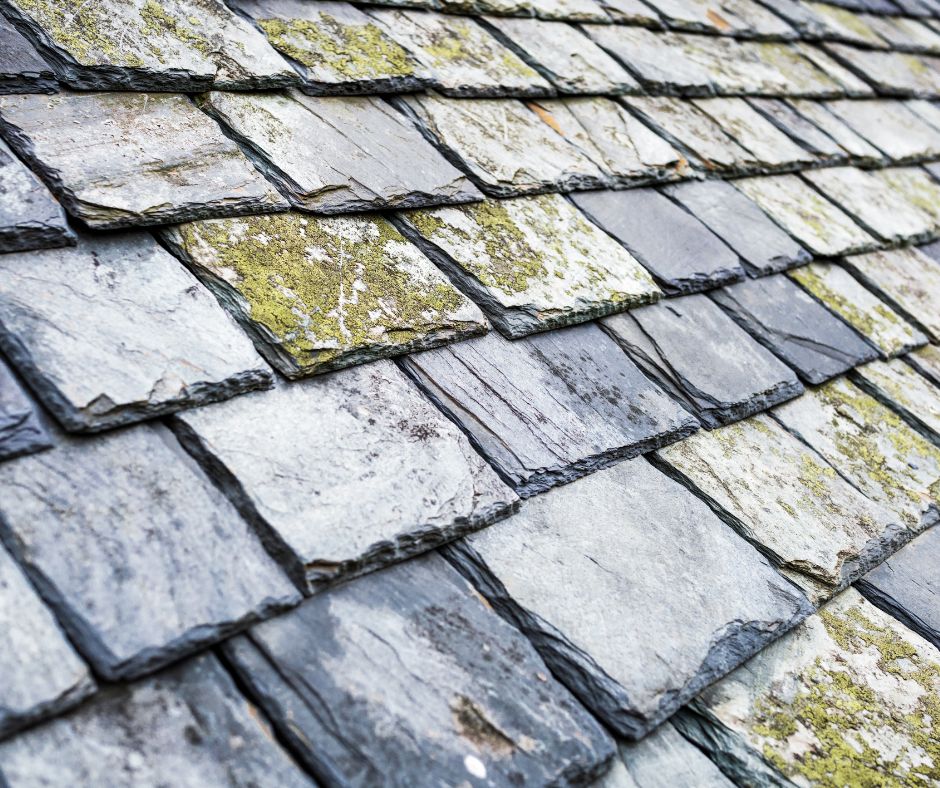
Flashing Prevents Leaks From Your Slate Roof for Decades
Flashing protects the weak points in your roof,where tiles meet walls, chimneys or valleys and without it, even a perfectly laid slate roof will eventually leak. Lead is the preferred flashing material for slate roofs because it’s flexible, long-lasting and designed to move with the roof, not against it.

What Is Flashing and Why Does It Matter?
Flashing is the material used to seal joins and edges, around chimneys, skylights, roof valleys, and wherever your slate roof meets a wall or change in direction. These areas are the most vulnerable to water ingress, and without flashing, they’d be the first points to fail.
On modern homes, flashing might be made of sheet metals, but slate roofs traditionally and correctly, use lead.
Why? Because lead doesn’t just seal. It shapes. It forms a tight barrier against every curve, slope or edge. It expands and contracts naturally with temperature changes, without cracking or splitting. It doesn’t rust, and it lasts far longer than synthetic alternatives. That’s why properly installed lead flashing often outlives the slate itself.
What Happens If Flashing Fails?
Even the smallest tear or gap in flashing can lead to a leak. And it’s rarely the kind that drips straight down. Water can travel under the tiles, into the underlay, and slowly cause rot, mould or internal ceiling damage.
The damage might take years to show, but by the time it does, it’s rarely a small repair. Flashing issues are one of the top causes of hidden roof failures.
If you see staining on your ceiling, bubbling paint near a chimney, or moss growth in one concentrated patch of roof, deteriorated flashing could be the cause.
Why Lead Is Still the Best Material
Lead has been used for slate roofs for hundreds of years. It’s recyclable, extremely durable, and weatherproof in both high heat and heavy storms. Its soft structure means it creates a snug fit without damaging the slate, which is fragile by comparison.
Lead flashing is typically used for:
- Chimney flashings (step and apron)
- Valleys
- Secret gutters
- Roof-to-wall joins
- Ridge and hip intersections
- Skylight surrounds
All of these areas see movement, pressure and runoff water, conditions where hard, inflexible materials can crack or lift.
When to Replace or Repair Lead Flashing
Lead flashing doesn’t fail often, but it does degrade eventually. You might need flashing replaced if:
- The lead has split or cracked
- It’s lifting or curling away from the roofline
- Rust is visible (especially where lead meets other metals)
- Water staining is visible inside the home
- You’re already doing a slate roof repair or rebuild
Most slate roof restorations will include an inspection of all leadwork. If we’re already on the roof for tile replacement or cleaning, it’s the perfect time to check and replace flashing.
Trusted Leadwork Is About Craftsmanship
Leadwork is a specialist trade. It’s not something to trust to a general roofer or handyman. Poorly installed lead can sag, split, or pull away from the tiles—undoing all the good of a well-laid slate roof.
We still install lead flashing using traditional methods, including proper sizing, correct lap joins, and expansion joints to manage Sydney’s weather shifts. And we’ll only use lead where it’s the best material for the job.
When Good Flashing Means Less Future Trouble
A slate roof might last 100 years—but only if its weakest points are protected. Flashing and leadwork are not the flashy parts of a roof. They’re the quiet details that do the heavy lifting when the weather turns rough.
If you’re seeing leaks, streaks or signs of wear around the chimney or roof edges, get it checked. Replacing flashing now is far cheaper than repairing structural damage later.
Need Your Leadwork Inspected?
If your slate roof has flashing that’s past its prime or showing signs of wear, it’s worth getting it looked at—before small issues turn into expensive damage. Call us to arrange an inspection with a team that knows slate, lead, and the detail that holds it all together.
FAQS for Flashing and Leadwork
What is flashing on a slate roof?
Flashing is the material used to seal joins and roof transitions—like around chimneys, valleys and skylights—so water cannot penetrate the roof.
Why is lead used for slate roof flashing?
Lead is flexible, durable and weather resistant. It shapes to the contours of slate tiles and lasts longer than synthetic materials.
How long does lead flashing last?
When installed correctly, lead flashing can last 50 years or more. It often outlasts the slate roof it protects.
Can flashing be repaired without replacing the whole roof?
Yes, damaged or worn flashing can be repaired or replaced independently of the main slate roof if caught early.
What are the signs of flashing failure?
Water stains near chimneys, ceiling damage, moss in isolated patches or visible gaps where roof surfaces meet are all signs of flashing issues.
Do all slate roofs need lead flashing?
Most do. Chimneys, valleys and wall junctions require flashing, and lead is the preferred material due to its compatibility with slate.
Is lead flashing safe to use on homes?
Yes. When installed professionally, lead flashing poses no safety risk. It remains the most effective and traditional option for slate roofs.
Our Services
Get A Free Quote
Get in touch today for a free, no-obligation quote on your roofing needs.



